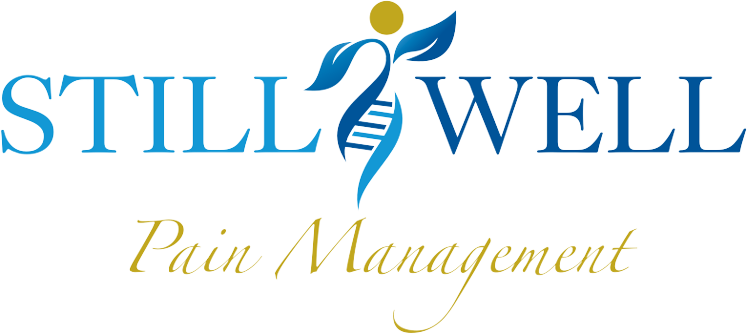
Shoulder Bursitis
Shoulder Bursitis
Shoulder bursitis is characterized by swelling and redness between the top of the arm bone and the tip of the shoulder. Located between these bones are the tendons of the rotator cuff and a fluid-filled sac called the bursa, which protects the tendons. When this space becomes too narrow for normal motion, it causes irritation and inflammation which leads to bursitis.
The three types of bursitis are:
● Chronic bursitis: The most common. Develops over time due to repetitive irritation of the bursa.
● Infected bursitis: The most serious. When the bursa is infected with bacteria.
● Traumatic bursitis: The least common. Caused by repetitive rubbing against a hard surface or too much bending of the joint.
FAQs: Shoulder Bursitis in Staten Island, NY at Still Well by Dr. Stilwell
What are the causes of shoulder bursitis?
The most common causes of shoulder bursitis are injury and overuse. In the case of infected bursitis, infection can be a cause. Bursitis is also associated with other problems such as arthritis, gout, tendonitis, diabetes and thyroid disease. In a lot of cases, the shape of the person’s bones just has less space than normal, causing symptoms to occur.
What are the symptoms of shoulder bursitis?
Depending on the type of bursitis you have and its severity, you may experience swelling, excessive warmth at the site, tenderness, pain and/or fever. Once the shoulder becomes inflamed due to overuse, injury or infection, it causes a thickening of the tendons and bursa. This thickening then takes up more space, pinching on the tendons and bursa even more and causing more inflammation. This cycle then keeps repeating itself.
How can I help prevent shoulder bursitis?
To prevent bursitis, try the following measures:
● Warm up before exercising, playing sports or doing other repetitive movements
● Gradually introduce new exercises or sports
● Take breaks often when doing repetitive tasks
● Use elbow or knee pads to cushion your joints
● Stop any activities that cause pain
● Practice good posture
How is shoulder bursitis treated?
To relieve shoulder bursitis, avoid doing the things that cause pain such as excessive reaching or stretching. This condition can also be treated with anti-inflammatory medications, cortisone injections and surgery, if necessary.
How can I get started with shoulder bursitis treatments in Staten Island?
To learn more about how these treatments can help relieve the pain of your shoulder bursitis, call 718-448-6373 or request a consultation online today.

Book an Appointment
(718)-448-6373

At Still Well Pain Management, we prioritize client relationships, starting your journey with a thorough consultation and collaborative decision-making based on your unique needs. Our dedicated providers will craft a personalized plan so you can start living a pain free life.
Keep in Touch With Still Well!
Join our email list for new treatment updates, promotions, special events + more!
